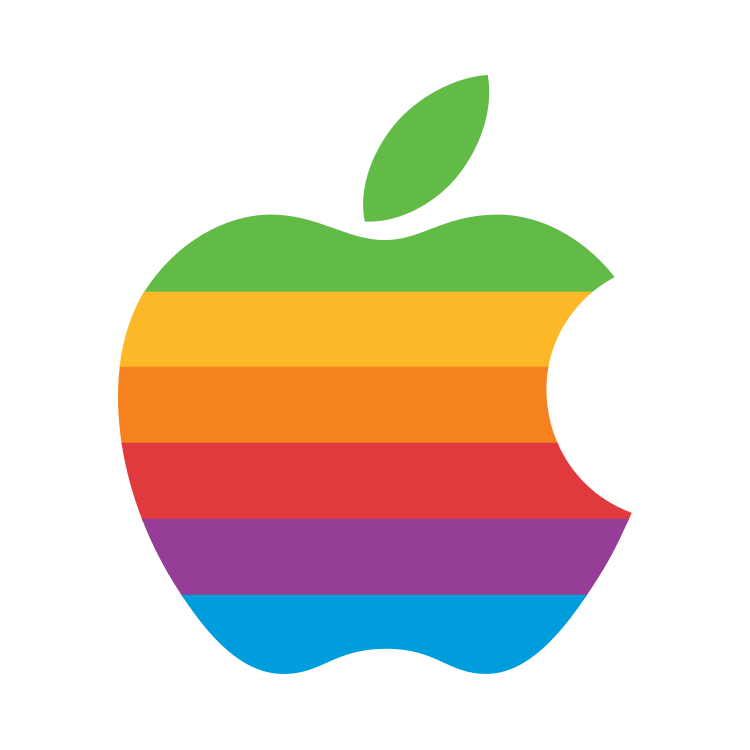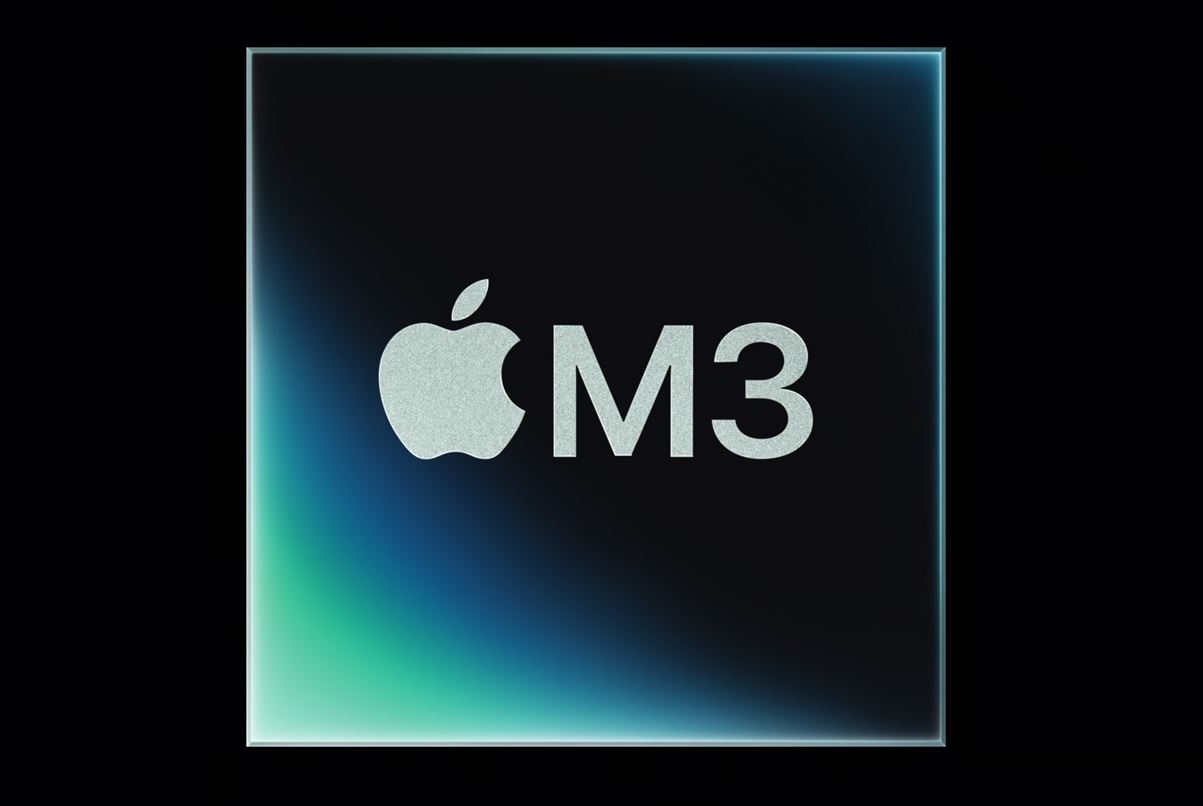I have a mid 2019 i9 MacBook Pro, would you say the M3 is a good replacement for Final Cut editing and Blender animating? It’s not a pro processor, but it seems to have higher benchmarks, but what’s the catch?
The M3 should be way faster than you i9.
I’m not sure that’s true. The i9 in the 2019 model outperformed the M2. And the M2 is only ~minimum 20% faster than the M3, maximum ~50% faster (on very specific workloads).
The M series chips can only support two displays so depending on what he’s doing this usually isn’t an issue.
The M1 could only support 8gb to the GPU with low memory bandwidth. Depending on the GPU in his 2019, we could be talking a 300-500% slowdown if he upgraded.
If his laptop has a GPU (not even sure if it does), he likely shouldn’t upgrade unless he does that comparison because even though M series chips are good, 5 year old GPUs are LIGHTYEARS ahead in video editing/rendering than even $2000 SoCs.
I should have clarified I was comparing CPU. Your right to look at GPU and Monitor support as well. The single external monitor still confuses me, I guess a reason to buy pro chips.
I have the 2019 i9 fully maxed out from my employer, and also several M1s (including Pros). When it comes to keeping your hands or feet warm, the i9 is a clear winner. For everything else, it’s the M1 … M3.
Seriously, any M, and especially the Max is a stellar replacement for any Intel MBP, and any workload; especially video, but Blender should perform better as well. The i9 is severly throttled. Otherwise, it’d just melt itself.
He needs to consider GPU. GPU is what matters with rendering not video. If his system is using CUDA than the M…17 doesn’t matter, he needs to consider this.
His system is likely not even using the i9 for his task…
I have what he has, and there’s no GPU to speak of on the i9 MBP.
If he needs to run Final Cut Pro, he’s stuck with Apple, so I don’t think that there’s a real GPO to speak of.
I believe that the M1,…2 …3 are the answer, and especially the MAX.
The catch is Final Cut isn’t even using the i9 if your model has a GPU in it. The old Radeon GPUs in the 2019 Intel series macbooks are light years ahead in video processing than SoCs are.
With that considered, you’d likely see a 200-500% slowdown if you go from dedicated GPU to CPU only.
I have a mid 2019 i9 MacBook Pro, would you say the M3 is a good replacement for Final Cut editing and Blender animating?
Any Apple Silicon Mac would be a massive upgrade over what you currently have, period
with 8GB of ram we think you are going to upgrade!
Seriously though why is Apple Gate-Keeping memory?
And?
8-Core CPU:
- Up to 35% faster than M1
- Up to 20% faster than M2
- 4-Cores (Performance) Top = 4.056 GHz (or ~3.6 GHz when all cores are loaded)
- 4-Cores (Efficiency) Top = 2.748 GHz
10-Core GPU:
- Up to 60% faster than M1
- Up to 20% faster than M2
- Dynamic caching, where cache and memory are allocated dynamically based on the actual requirements of applications.
- Hardware-based ray tracing, mesh shading and AV1 decoding.
- However, only two displays can be used at a time.
The other interesting summary figure is more-or-less maintaining power efficiency as before on lower power with comparable performance to other chips at higher power usage.
=
Either way it is spun (pun intended), it’s very impressive performance boost and fast cadence of release by Apple. notebook.check is a handy website, thanks for posting OP.
I imagine their development pipeline for the M* chips is very long. M4 is already being masked and M5 is being finalized with M6 development progressing and perhaps the M3 design team being ported to begin work on M7. Still very impressive but M3 has likely been prototyped since M1 was announced. I wouldn’t be surprised at all if they go big on a design and iterate down to what’s feasible with current manufacturing and yields.
One major difference between apple and intel is that apple generally has a much shorter time between spec and mass production. If you make assumptions based on knowing that Intel has six consecutive server chips in the pipeline, you might not be quite correct applying that to apple.
True but they also had a rather nice advantage up until basically today.
Qualcomm announced their Elite and Microsoft needs to get their shit right if they want to start transitioning some of their customers towards an architecture different than AMD64, at least on the laptop category.
Apple could just relax a little their schedule if they believe the competitors won’t fill the gap. After all, being faster than yourself doesn’t give you more money. You can keep milking the existing market up until your competitors start to get a little closer.
Well, if you blow away the competition such that it migrates more people to your platform and that migration increases people purchasing your add-ones and services, it could make a lot more money.
20% jump in one generation is massive. If they continue this the M series chips will be (even more) crazy fast in no time.
I am wary of a stat that says “up to” rather than “on average”
Context of that generational leap makes it far less impressive, and its clear that Apple wont be able to pull this off again in the next 2 years unless there are major changes.
Apple used to have M silicon trail A silicon architecture by a generation, this is the first year Apple has put them on the same level, its essentially 2 generations of architecture leap this year.
M2 was on N5P, M3 is on N3B, that node difference alone can account for half of the uplift.
I’d actually argue that M3 is underwhelming for what went into it, it also wasnt ‘one year’, but 16 months.
Wow… and… that’s special? I mean, is it the best m Chip ever? For the time the new one arrives?
What stands out about these tests to me, apart from Apple Silicon remaining highly impressive, is that AMD in both and Intel at least in multicore are beating the Snapdragon on performance per watt. Many people boil Apple’s efficiency down to an ARM vs x86 thing, but that’s a tiny part of the chip by now, it’s more in Apple’s bespoke architecture around it.
Here we see AMD even on x86 beating an ARM chip on Perf/watt, Intel on multicore, and Meteor Lake launching within a month will drop power use by 50%. It’s not just or even mostly the ISA, it’s everything else around it that matters more.
“Analyzed”, man do I miss the real analysis that Ian Cutress did on these things. The actual architectural deep dives.
It’s in Chinese but Geekerwan does some pretty deep dives, or at least runs SPEC2017
You mean Andrei Frumusanu. Ian Cutress mostly does intel.
Andrei, btw, is now at Qualcomm (team Nuvia).
Oh yeah, that’s right! Got em mixed up
Andrei, btw, is now at Qualcomm
I thought Andrei went to Apple?
still cant beat the m1 max ?
But can it pull off the most impressive feat of all. Shipping with 16GB RAM standard.
Be careful what you wish for because they’ll probably just charge the extra $200 while killing off the 8gb option, which won’t actually help anyone and just remove a cheaper option.
Thus revealing the ridiculous profit margin.
My parents are perfect examples of it. The only app they use is safari, and have like 5-10 tabs at most. And I imagine most users who are not here on reddit are like that. 8gb is just fine for them.
I bet apple has statistics on how many users experience high memory pressure and what they are seeing is telling them 8gb is fine
Yes, 8 GB is actually fine for casual users. However, 8 GB at $1600 is just price gouging.
Doubtful, they probably only have it because they can share the cpu chip package with the next iPad pro if it doesn’t sell well or vice versa.
I think they might try 3x 3GB or 3x 4GB first lol…
Don’t give them any ideas, they’d definitely do 9gb base next if they could
So, essentially, the processor is dominant in almost all categories and the competition OS is either an ancient DOS based leviathan or an underpowered Linux variant.
in other news: water is wet


